Mercer County Bridge Featured by Short Span Steel Bridge Alliance
Hot-dip galvanized steel delivered a quick bridge replacement with superior long-term performance for Mercer County, as featured in a recent case study on the Short Span Steel Bridge Alliance website. HRG assisted with the design and permitting for this bridge, and construction was completed in January 2024. The existing 85-foot long bridge was weight-restricted, and Mercer County wanted to replace it before the bridge had to be closed altogether.
HRG’s team chose structural steel for the new bridge superstructure for a number of reasons: The existing bridge abutments were being reused, and structural steel would help us match the weight of the existing bridge sitting on the abutments. It would also help us avoid increasing the overall height of the beams and deck. This was important because our hydraulic analysis had indicated an increase in the overall depth would have required a joint permit between the PA Department of Environmental Protection and the Army Corps of Engineers, which would’ve increased the timeline of the project.
Hot dip galvanizing the steel provides a longer service life than simply painting the steel. It has excellent corrosion protection and is a low-maintenance, long-lasting solution. The bridge was fabricated by Quality Bridge & Fab, Inc., and V&S Galvanizing galvanized the steel elements. Horizon Construction Group served as contractor.
You can read more about the project on the Short Span Steel Bridge Alliance website by clicking on the linked photo below:
SHORTSPANSTEELBRIDGES.ORG
Pennsylvania County Selects Hot-Dip Galvanized Steel for Urgent Bridge Project


 to transportation group manager in our Morgantown office. In this role, he is responsible for managing staffing, workloads and resource allocation so that the Morgantown transportation team continues to deliver high quality projects and superior client satisfaction. This includes monitoring project schedules and budgets while enhancing the employee owner culture and supporting the professional growth of transportation team members.
to transportation group manager in our Morgantown office. In this role, he is responsible for managing staffing, workloads and resource allocation so that the Morgantown transportation team continues to deliver high quality projects and superior client satisfaction. This includes monitoring project schedules and budgets while enhancing the employee owner culture and supporting the professional growth of transportation team members. HRG has promoted Jeff Mikesic to assistant vice president, overseeing the firm’s transportation service offerings. The position was created as part of an ongoing organizational realignment to scale the firm for growth while preserving its commitment to technical excellence and personalized service. The realignment creates unique channels for client outreach, technical expertise, and operational delivery, ensuring each gets proper focus and attention.
HRG has promoted Jeff Mikesic to assistant vice president, overseeing the firm’s transportation service offerings. The position was created as part of an ongoing organizational realignment to scale the firm for growth while preserving its commitment to technical excellence and personalized service. The realignment creates unique channels for client outreach, technical expertise, and operational delivery, ensuring each gets proper focus and attention.
 Steve Malesker recently joined HRG as a senior project manager in our Transportation Group. He is responsible for bridge design and inspection projects throughout the south-central counties of Pennsylvania.
Steve Malesker recently joined HRG as a senior project manager in our Transportation Group. He is responsible for bridge design and inspection projects throughout the south-central counties of Pennsylvania.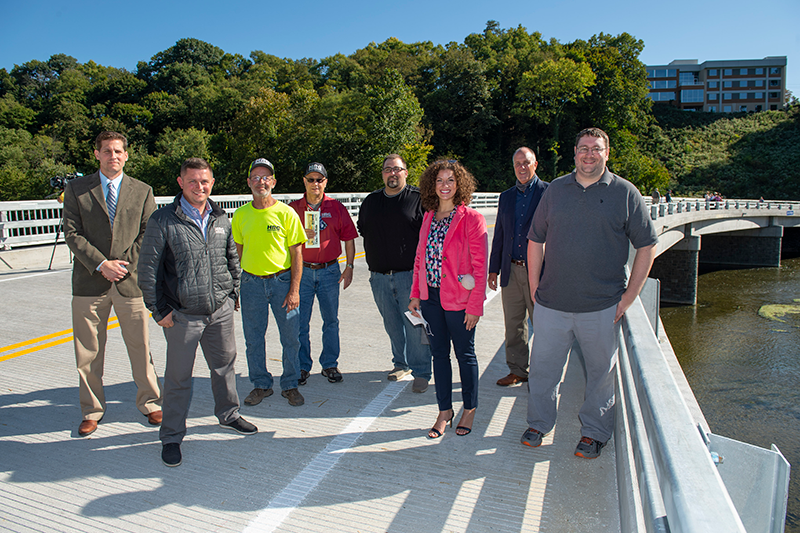
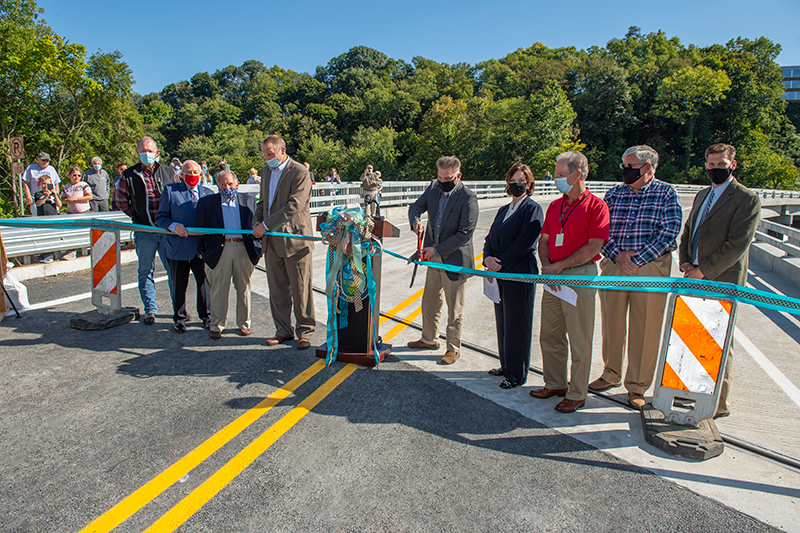
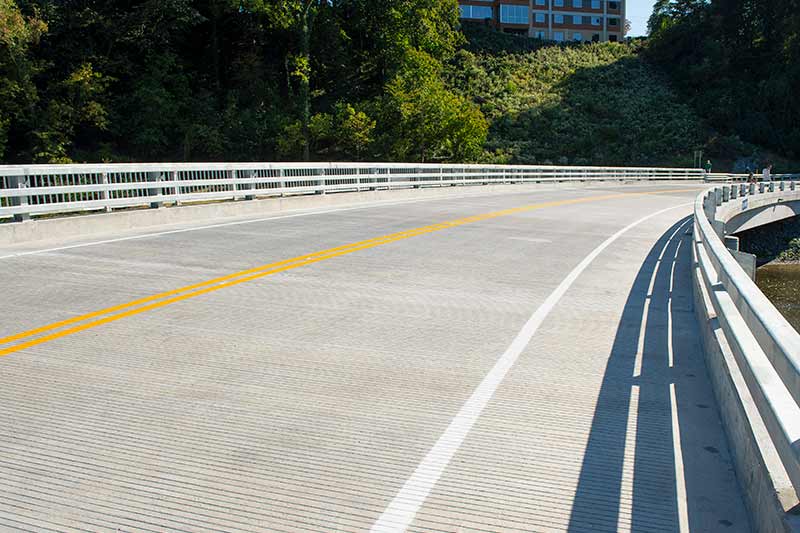
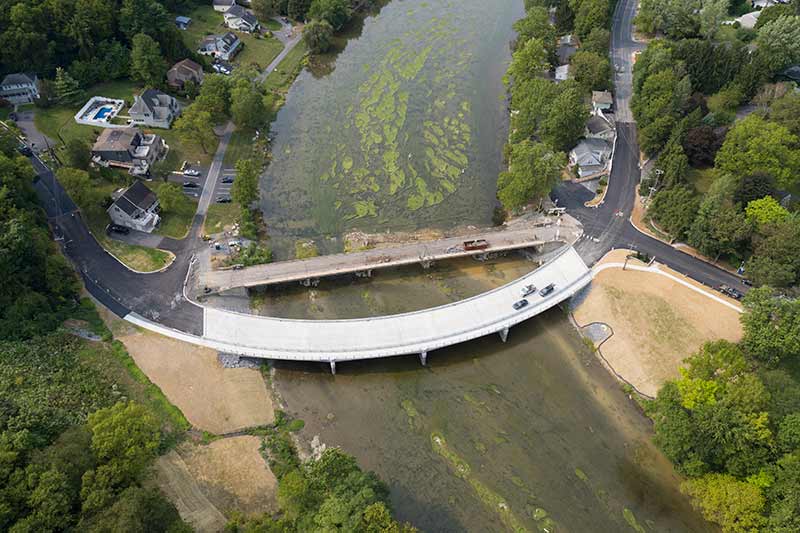
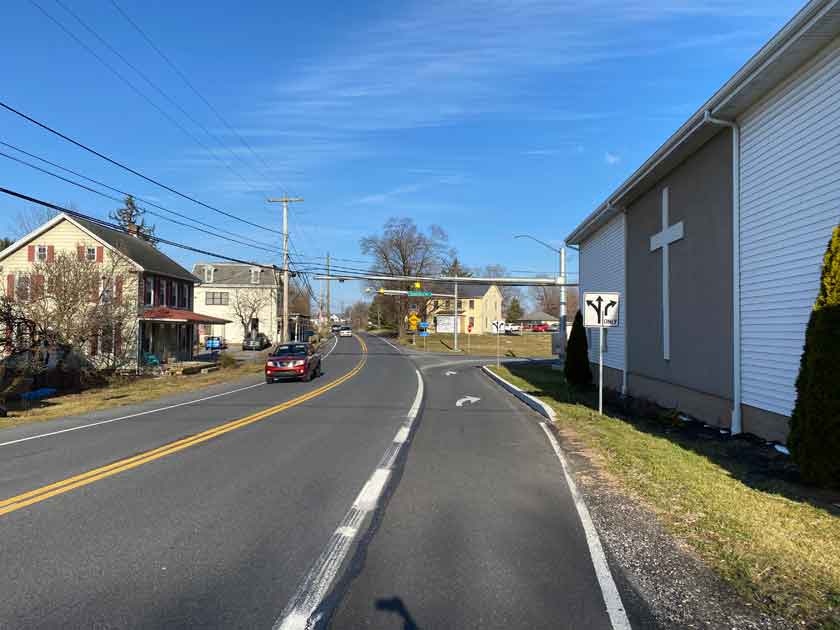
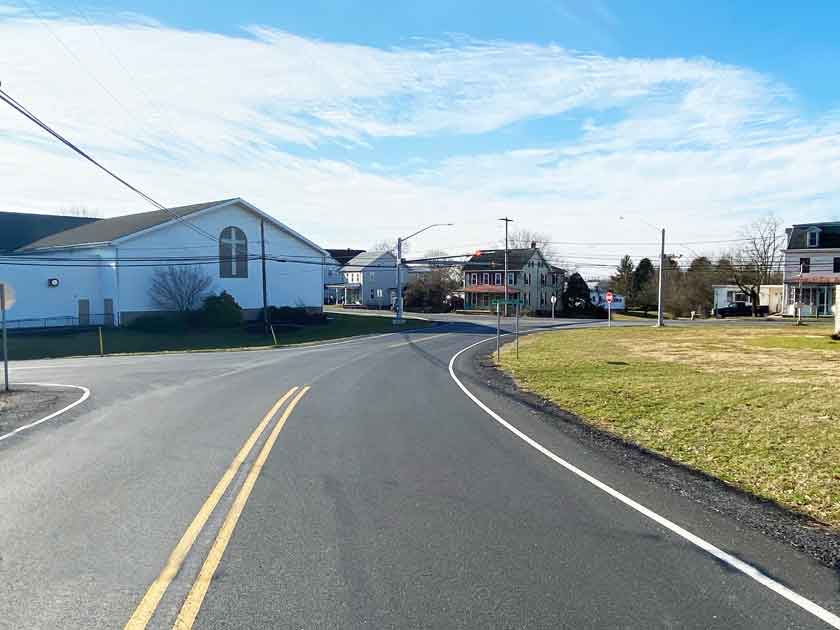
 Herbert, Rowland & Grubic, Inc. (HRG) is pleased to announce that Jeffrey A. Mikesic, P.E., has been promoted to practice area leader for the firm’s Transportation Group.
Herbert, Rowland & Grubic, Inc. (HRG) is pleased to announce that Jeffrey A. Mikesic, P.E., has been promoted to practice area leader for the firm’s Transportation Group.